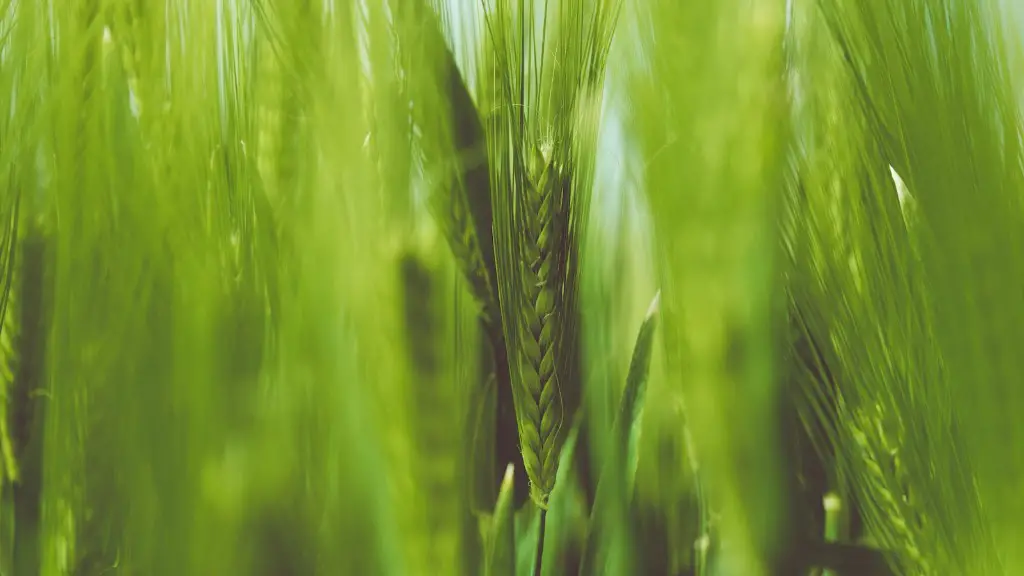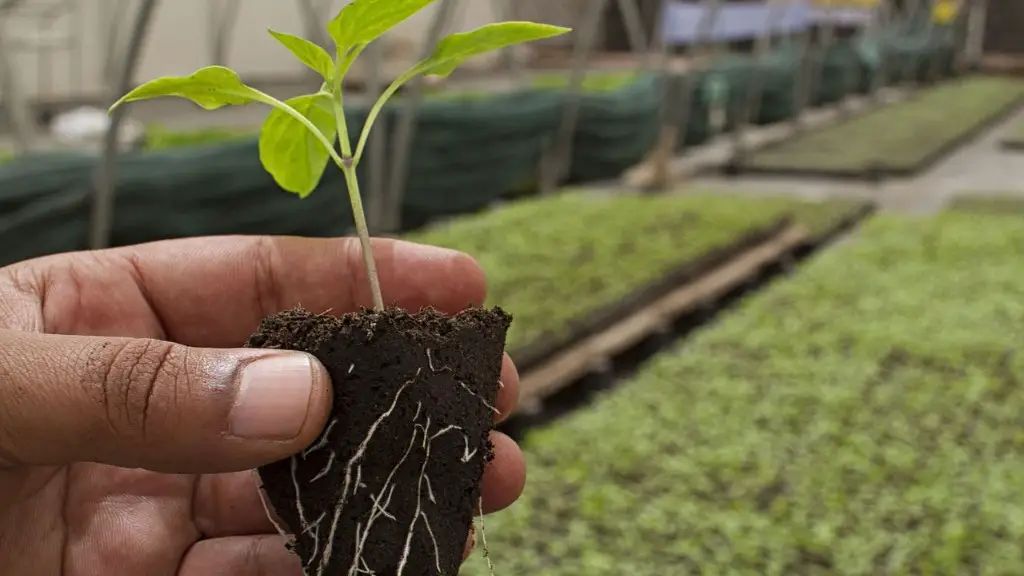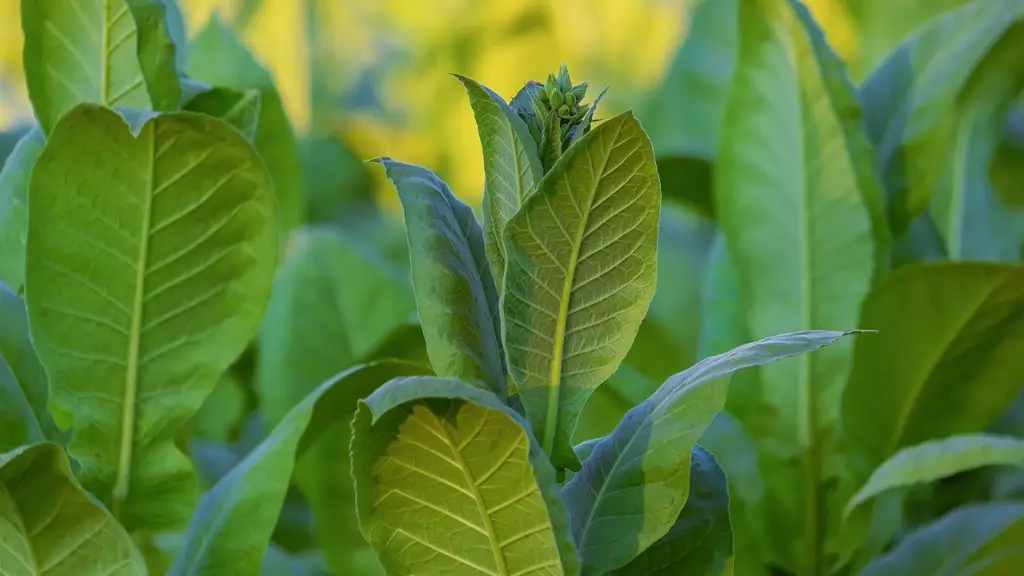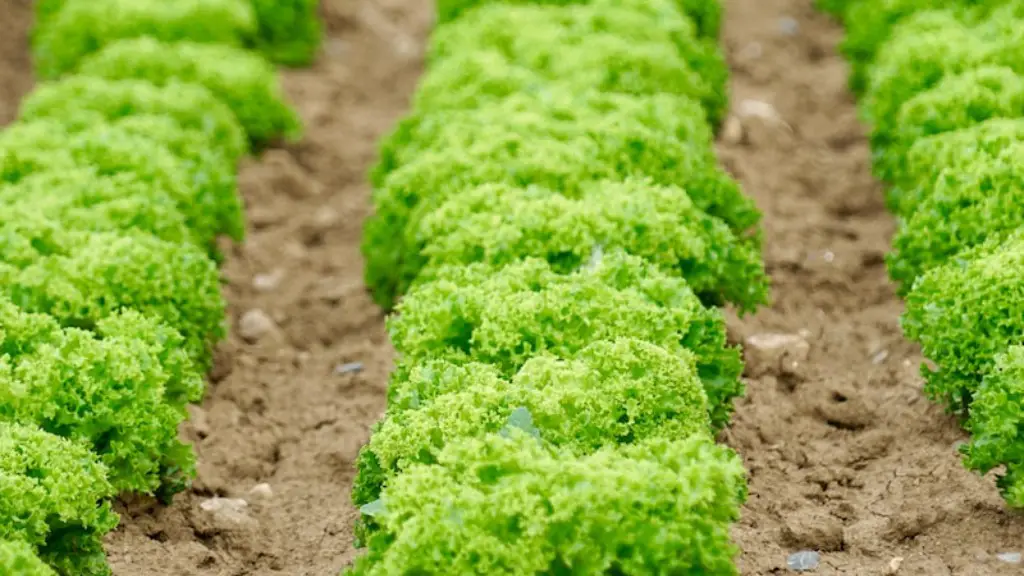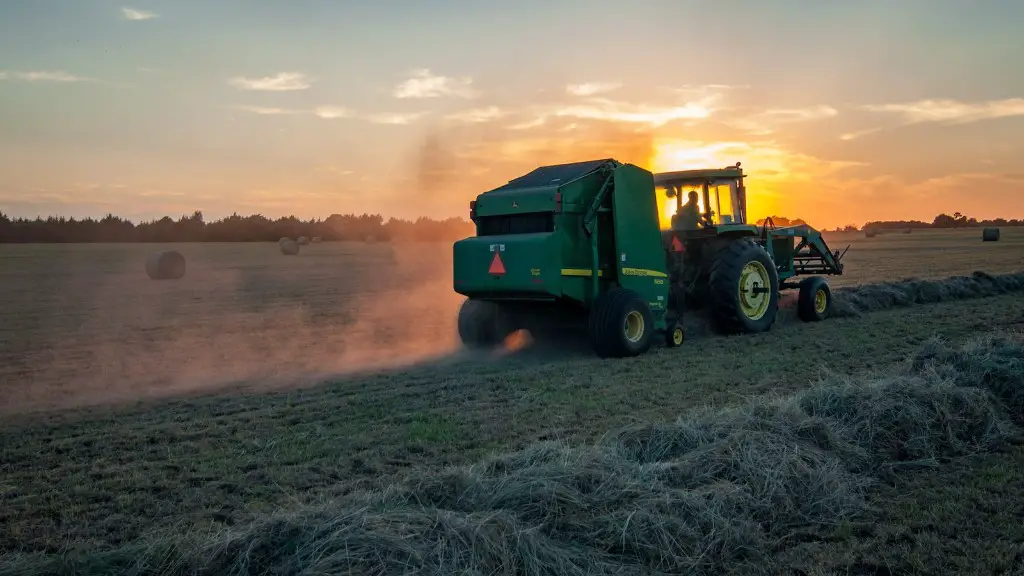Humans have been farming for 12,000 years according to archaeological evidence. Agriculture is one of the most important inventions in human history, as it led to the development of larger, more complex societies. This evolution of society also unlocked a new level of technology and production that would otherwise be impossible in a Paleolithic hunter-gatherer society. The advent of agriculture was an exciting time, and helped to propel humanity into our current world.
Archaeological evidence suggests that the most likely initial sites of agricultural practices were located in the Fertile Crescent, the area which stretched from the Levant all the way to the Persian Gulf. It is believed that the initial domestication of plants such as wheat, barley and dates began while humans were still relying on hunting and gathering. This then allowed for humans to settle down and cultivate these plants, thus beginning the first major revolution to our species.
Just how did humans develop this agricultural revolution exactly? Well, it is believed that the shift from hunting and gathering to the domestication of plants and animals was gradual. Over the course of several thousand years, the necessary tools for cultivating and harvesting crops were developed. Furthermore, new techniques for storing and preparing food were invented as well. All this combined led to one of the most important aspects of any advanced society: the ability to produce a surplus of food.
Not surprisingly, this also led to the rise of agriculture-dependent cities and complex societies. Eventually, we were able to create laws, differentiate classes, and even write large-scale treatises about our existence. This was all made possible by the skills developed by our Paleolithic ancestors in the Fertile Crescent, who started this agricultural revolution some 12,000 years ago. Today, this invention continues to play a major role in our world, supplying us with the food, technology and culture needed to sustain ourselves.
Domestication of Plants and Animals
Agriculture as we know it today was developed primarily through the domestication of plants and animals. This process began in the Fertile Crescent area when early humans began to cultivate and harvest crops such as barley and wheat. This way, the humans were able to secure food for themselves without needing to hunt and gather. Eventually, the process of domestication spread to other parts of the world and new methods of wet-rice cultivation were developed in East Asia.
Animals were also domesticated in order to aid in the cultivating and harvesting of crops. Effective animal husbandry became an important part of augmenting the efficiency of agricultural yields. This allowed more food to be produced, which then allowed for the growth in populations and the development of complex societies.
This domestication of plants and animals left a major impact on humanity and changed our lifestyles forever. Not only was there now a means of obtaining food with certainty, but early humans developed the skills necessary to increase efficiency and develop complex societies. Without this large shift in lifestyles and technology, humanity may have remained small and primitive.
In addition to the domestication of plants and animals, early humans also developed the necessary tools and technology to help in the farming process. Techniques such as irrigation and crop rotation were used, and allowed for increased production and yields. The advent of these technologies also helped to reduce the amount of labor necessary, allowing more people to also become involved in the cultivation of crops.
Not surprisingly, many of these tools and techniques are still used today in more developed agricultural processes. This shows just how important this revolution was, and how it continues to affect and shape how we live and produce the food that sustains us.
Consequences of the Agricultural Revolution
The consequences of the agricultural revolution were far-reaching and had a major impact not just on our species, but on our planet as well. As mentioned before, the development of agriculture allowed for more people to become involved in the process of cultivating crops, which then increased the production and yields of different agricultural products.
Not only that, but the domestication of animals allowed humans to develop new ways of acquiring food and energy. This, in turn, allowed for the rapid growth of human populations since people no longer needed to rely solely on hunting and gathering for sustenance. This meant that more complex societies and cultures could be formed, and allowed for the rise of cities and civilizations.
In addition to this, the advent of the agricultural revolution also had major implications in terms of food production. By relying on domestic animals and cultivated grain and vegetables, humans were able to increase their food sources and produce a surplus. This allowed for the spread of food across large distances, thus leading to trade and the exchange of goods.
The agricultural revolution has, therefore, become one of the most important points in human history as it allowed us to develop and progress further than ever before. We have grown and evolved, and have achieved a level of progress and sophistication that would not have been possible without this revolution twelve thousand years ago.
The Changing Face of Agriculture
Agriculture has changed a lot over the years, and has become a much more efficient and advanced process. Today, more sophisticated tools, machinery and technologies are used to maximize production and yields. Moreover, the science and field of agriculture has expanded and changed as well, with the introduction of new methods, techniques and strategies for growing food.
In addition, the face of agriculture is also changing in terms of the products. With the introduction of the organic food movement, there has been an increase in demand for organic and naturally produced foods. As a result, many farmers have shifted their practices in order to meet this demand, and thus create a more sustainable and environmentally friendly food system.
Another major point to note is that of changing labor practices within the agricultural industry. With the advent of industrialization and mechanization, the need for manual labor in farming has decreased. While this has been beneficial in many ways, it has also led to some displacement of labor. It is, therefore, important to keep in mind the human cost of agricultural developments, and to try and find ways to ensure the sustainability of agricultural labor.
Organic Agriculture and Its Impact
Organic agriculture is one of the major developments in the agricultural industry. This type of farming does not rely on the use of synthetic fertilizers and pesticides, and instead relies on natural farming methods such as crop rotation, natural pest control and beneficial insects to maintain productivity.
Organic farming has become popular due to its less damaging impact on the environment. It reduces the amount of synthetic chemicals released into the environment, and does not rely on the synthetic pesticides and fertilizers that are often linked to health issues and ecological problems. Furthermore, organic agriculture also has the potential to improve the quality of crop yields, and to reduce the impact of soil degradation.
The rise of organic agriculture is just one of the many changes that the agricultural industry is undergoing, and is emblematic of the shift towards more sustainable, eco-friendly practices. It is, therefore, important to recognize the impact that such practices have, and to support and promote them in order to ensure the future of our food sources.
Agricultural Technology and Its Benefits
Agricultural technology is another aspect of the agricultural industry that has been rapidly advancing in recent years. New technologies such as sensors, drones and satellite imagery are being used to monitor crops and to maximize yields. In addition, new robotic and mechanical technologies are also being used to improve agricultural efficiency.
The use of such technologies is beneficial for a number of reasons. For one, it makes the process of cultivating and harvesting crops more efficient. Secondly, agricultural technology can also be used to monitor crop health and to detect any potential issues, allowing more effective treatment and care for the crops. Lastly, technologies such as robots can help to reduce the need for manual labor and to increase the overall efficiency of the agricultural process.
In conclusion, agricultural technology has come a long way since the early days of the agricultural revolution. It has helped us to increase efficiency, reduce costs, and improve yields. As such, it is important to recognize the impact of such technologies, and to find ways to make use of them in order to create a more sustainable and productive agricultural industry.
